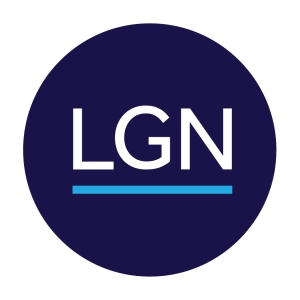On April 24, 2020, Governor Walz issued Executive Order 20-40 Allowing Workers in Certain Non-Critical Business Sectors to Return to Safe Workplaces as early as April 27, 2020.
Non-Critical Businesses Now Allowed to Reopen:
- Industrial and manufacturing businesses.
– Includes wholesale trade, warehousing, and places of employment in which goods are in the process of being created.
– This category does not include customer-facing retail environments associated with an industrial or manufacturing business in this category. - Office-based businesses
– Includes office-based businesses where workers do their work within an office space, at their desk, and their work is primarily not customer-facing.
– This category does not include customer-facing retail environments associated with office-based businesses in this category. - Examples of what you can do:
– Interact with co-workers while maintaining appropriate social distancing.
– Conduct virtual meetings with co-workers, customers, and suppliers.
– Work at workstations as long as there is adequate space between workers.
– Follow the business’s plan for social distancing. - Examples of what you can’t do:
– Conduct customer visits in customer workplaces or homes.
– Invite customers into the workplace.
– Conduct meetings in conference rooms that don’t allow social distancing.
– Work right next to co-workers.
Businesses Must Have A Preparedness Plan:
A business’s COVID-19 Preparedness Plan shall establish and explain the necessary policies, practices and conditions to meet the Centers for Disease Control and Prevention (CDC) and Minnesota Department of Health (MDH) guidelines for COVID-19 and federal Occupational Safety and Health Administration (OSHA) standards related to worker exposure to COVID-19.
- Implement Infection Prevention Measures:
Require work from home whenever possible.
Promptly identify sick workers and make them stay home.
– Screen workers – may include temperature checks
– Prompt identification and isolation
– Communication plan in case of potential exposure
– Provide sick leave to ensure sick or exposed workers stay homeSocial distancing policies and procedures.
– Telework, flexible work hours, staggered shifts and additional shifts;
– Maintain six feet of distance between workers;
– Provide signage or instructions for employees and visitors;Employee hygiene and source control.
– Handwashing – post signs
– Protective supplies
– Prohibit onsite food preparationCleaning and disinfection protocols in the workplace.
– All areas routinely cleaned and disinfected
– Clean high-touch surfaces daily
– Make hand sanitizer and cleaning products available
– Decontamination if positive for COVID-19See https://mn.gov/deed/safework/ for a template COVID-19 preparedness plan. - Post the Preparedness Plan in the workplace and distribute by email to all workers.
- Provide training and enforce policies.
- Senior Management must certify plan.
- Maintain documentation of training and compliance to provide to regulatory authorities like DLI and MNOSHA upon request.
DLI and MNOSHA have the authority to issue citations or impose penalties or closure orders if businesses have unsafe or unhealthy conditions.
